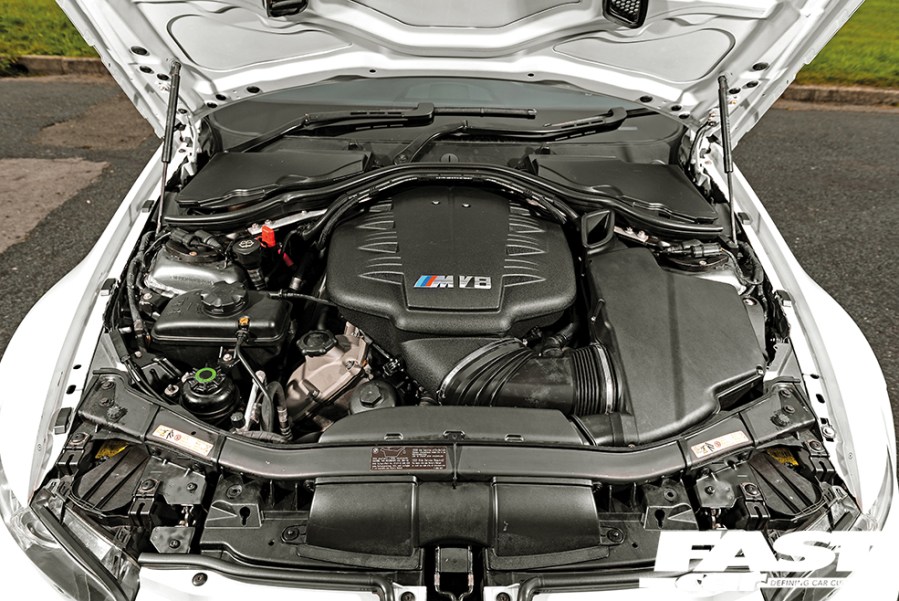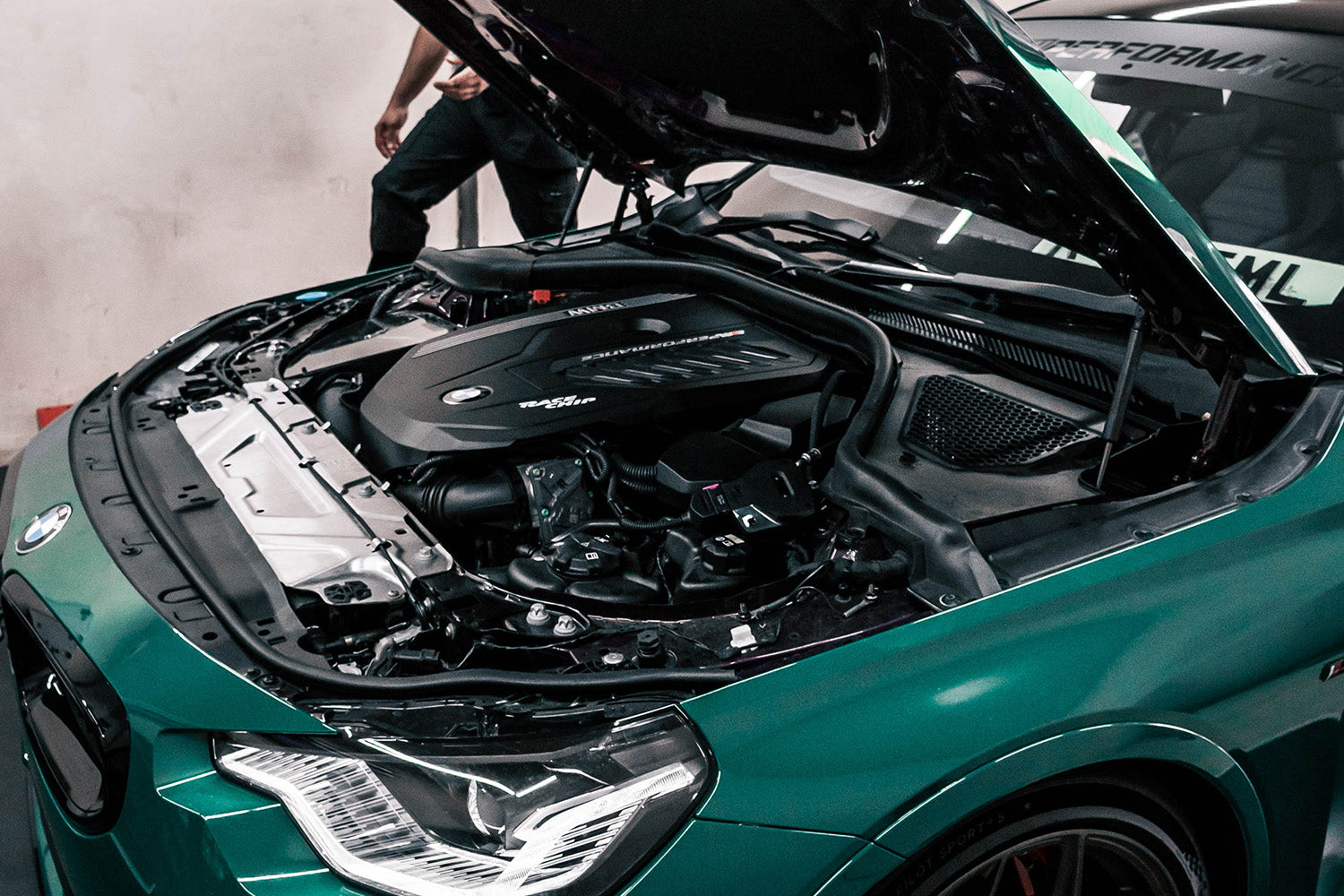The Role of BMW Engine Layout in Achieving Exceptional Fuel Efficiency
Wiki Article
Checking Out the Advancement of Burning Engines in Modern Transportation Solutions
As we navigate the landscape of contemporary transport, the evolution of combustion engines stands as a testimony to human resourcefulness and design expertise. From their modest beginnings to the sophisticated giants moving vehicles today, combustion engines have actually gone through an exceptional journey of development and adjustment. Comprehending the complexities of this development not only loses light on the past yet also leads the way for visualizing what lies ahead in the world of transportation innovation. The interplay of history, modern technology, and ecological issues in shaping the trajectory of combustion engines creates a story that is both informative and compelling.Very Early Beginnings of Combustion Engines
How did the idea of combustion engines first emerge in the very early stages of transport advancement? The roots of combustion engines can be traced back to the 17th century when the principles of inner combustion were first discovered.The innovation moment came with the development of the first effective gasoline-powered engine by Karl Benz in 1885 - bmw engine. This engine paved the way for the growth of the modern-day auto, changing transport systems worldwide. Succeeding technologies by Nikolaus Otto and Gottlieb Daimler additionally refined burning engine technology, bring about the mass production of cars and the quick expansion of the transport industry
These early combustion engines were defined by their simpleness and efficiency, laying the structure for the facility and effective engines utilized in contemporary transportation systems. The evolution of burning engines has actually contributed fit the way we travel and move goods, noting a significant milestone in the background of transportation development.
Change to Internal Burning Technology
The shift to inner burning modern technology marked an essential shift in the development of transport systems. This change began in the late 19th century, with innovators like Nikolaus Otto and Gottlieb Daimler creating the initial successful internal burning engines. These engines changed transportation by offering a more effective and efficient alternative to steam engines and electrical motors.One of the crucial advantages of internal combustion engines was their capacity to be scaled down to fit into lorries, bring about the growth of automobiles and motorcycles. This shift from large, stationary engines to compact, mobile ones led the way for the modern transport systems we see today.
The shift to internal combustion modern technology likewise spurred improvements in gas technology, causing the advancement of gasoline and diesel as primary fuel sources for cars. This shift not only made transportation more obtainable to the masses however additionally laid the foundation for the oil and gas market to come to be important to worldwide economies.
Effect of Combustion Engines on Transportation
The fostering of combustion engines in transportation systems militarized a profound shift in the performance and rate of global movement. Combustion engines changed transportation by supplying a dependable and flexible source of power for numerous lorries, consisting of autos, ships, you could try here airplanes, and trucks. This development considerably enhanced the ability for people and goods to conform lengthy ranges in much shorter amount of time, resulting in boosted connectivity in between areas and countries.Furthermore, the prevalent use burning engines has actually had a significant effect on financial development. The capability to carry items efficiently has actually spurred profession and business, enabling companies to expand their markets and get to customers worldwide. This has actually facilitated financial growth and globalization, as items can now be carried faster and in bigger amounts than in the past.
Nevertheless, the ecological impact of combustion engines can not be ignored. The combustion of nonrenewable fuel sources has actually resulted in air contamination and greenhouse gas discharges, contributing to climate change and presenting health threats to populaces. bmw engine. As a result, there is a growing emphasis on developing alternative propulsion technologies to alleviate these unfavorable effects and produce an extra sustainable future for transportation
Advancements in Combustion Engine Design
One noteworthy advancement is the advancement of turbocharged engines, which utilize exhaust gases to drive a wind turbine that presses incoming air, allowing for even more fuel to be charred, resulting in boosted power output without a considerable rise in engine size. Variable shutoff timing systems have also changed engine style by maximizing air movement at different engine speeds, enhancing both power and effectiveness. These advancements jointly contribute to the continuous enhancement of burning engines in contemporary transport systems.Future Fads in Burning Engine Growth
With innovation improvements driving continuous technology, the future of combustion engine growth is poised to transform transportation systems around the world. One of the crucial fads in combustion engine development is the press in the direction of higher effectiveness and minimized discharges.One more noticeable trend is the fostering of crossbreed modern technologies in burning engines. Hybrid engines combine conventional burning innovation with electrical power, using improved fuel effectiveness and reduced exhausts. As the auto industry changes towards electrification, hybrid burning engines are seen as a transitional service that links the void between conventional vehicles and completely electric ones.
Furthermore, the combination of wise innovations, such as synthetic intelligence and information analytics, is expected to play a substantial role in the future of combustion engine growth. These innovations can maximize engine efficiency in real-time, resulting in a lot find more efficient combustion processes and improved overall automobile efficiency. Accepting these future trends will certainly not only drive development in combustion engine growth but additionally add to a much more environmentally pleasant and lasting transportation community.

Conclusion
In final thought, the evolution of burning engines in modern-day transportation systems has actually been marked by significant advancements in technology and style. From the early beginnings of burning engines to the shift to interior burning modern index technology, these engines have had an extensive influence on transportation.The origins of combustion engines can be mapped back to the 17th century when the concepts of interior burning were very first discovered. These engines changed transport by offering a much more efficient and effective option to vapor engines and electrical motors.

Report this wiki page